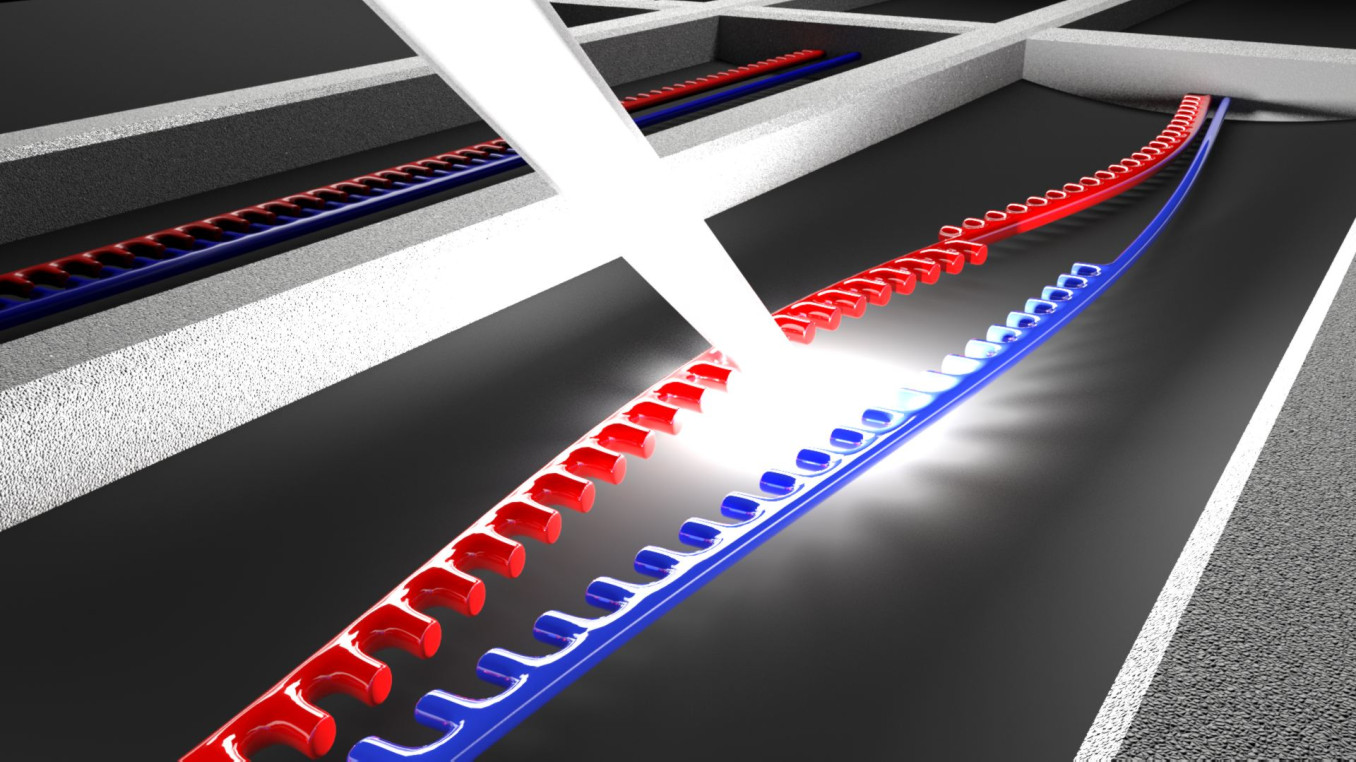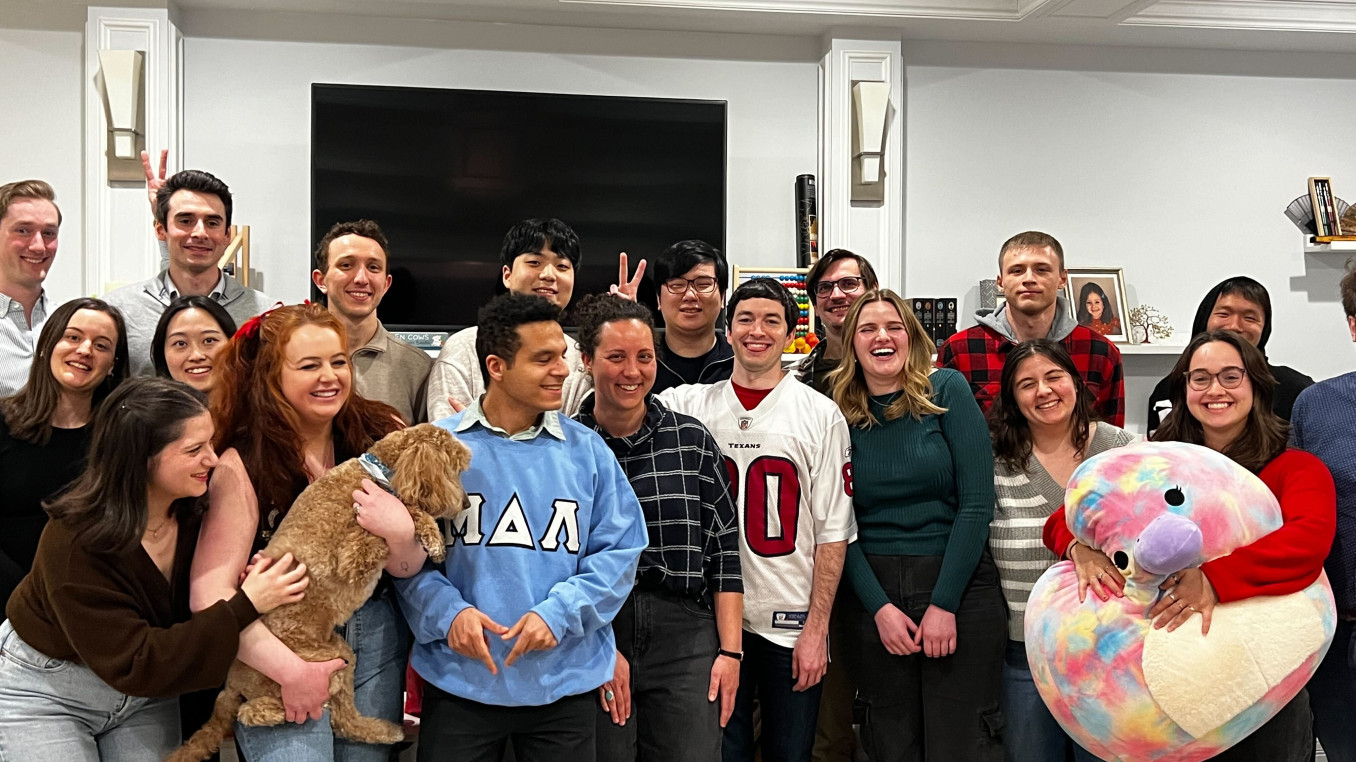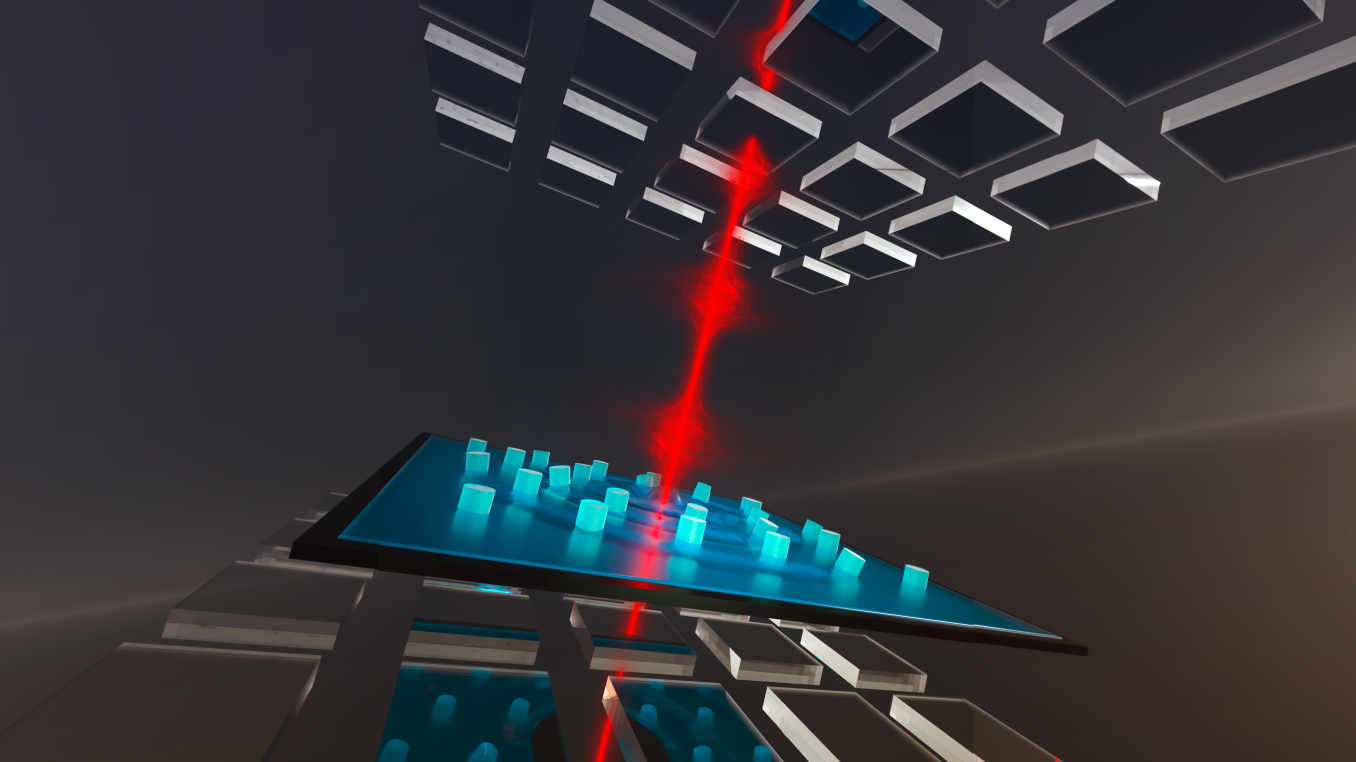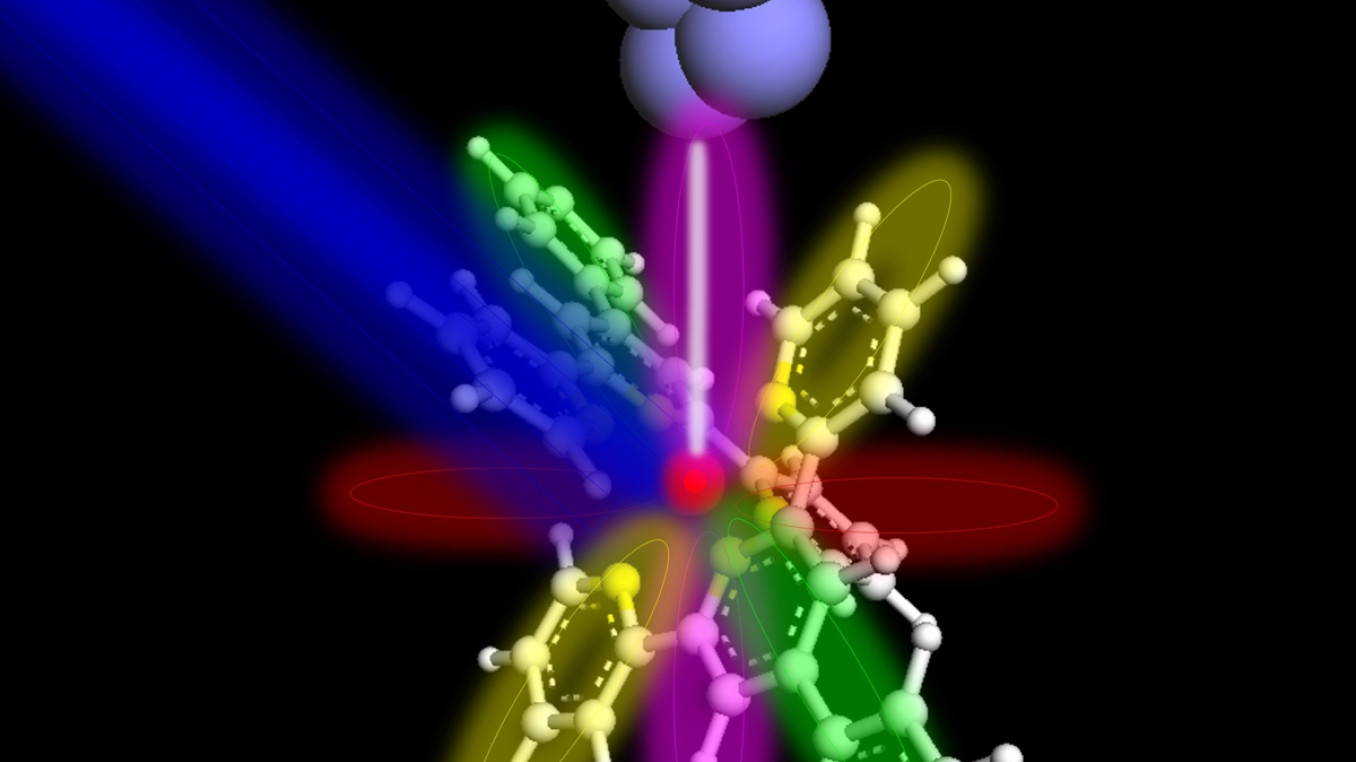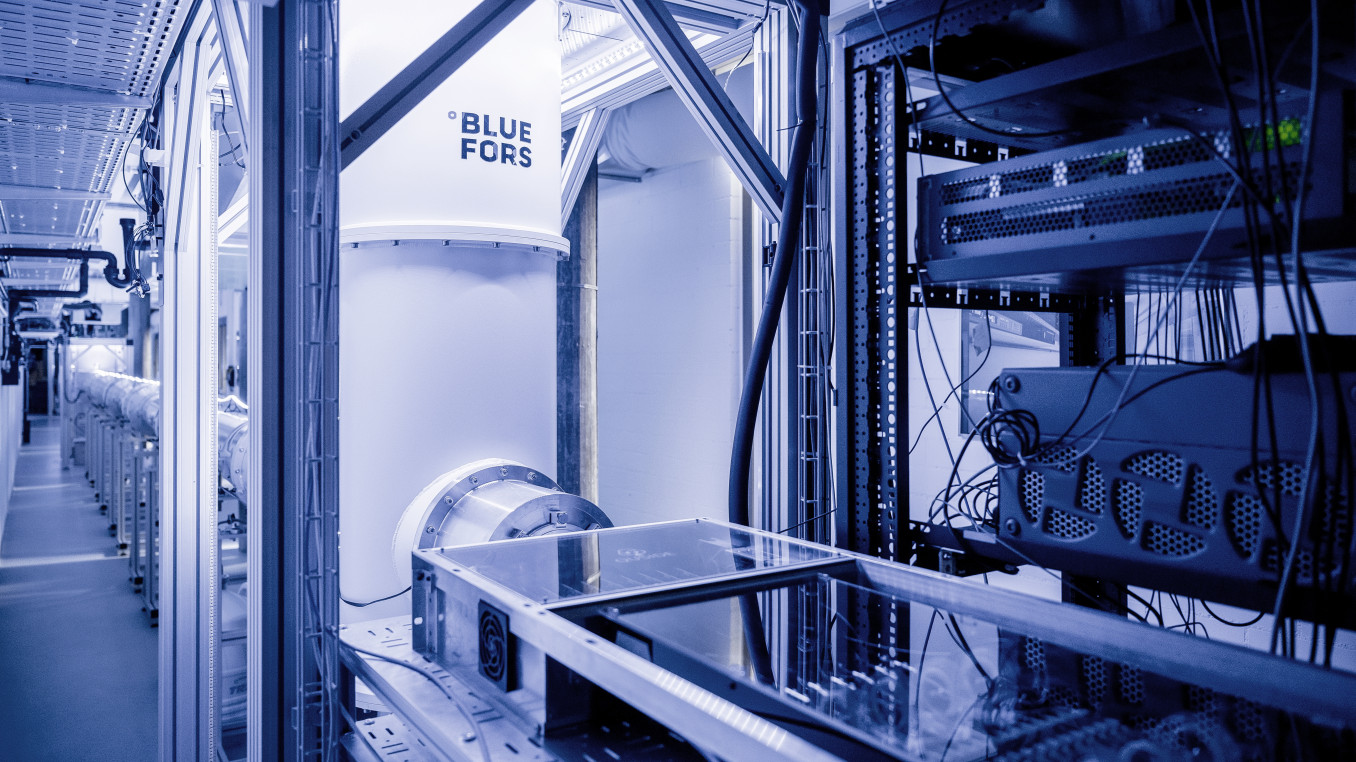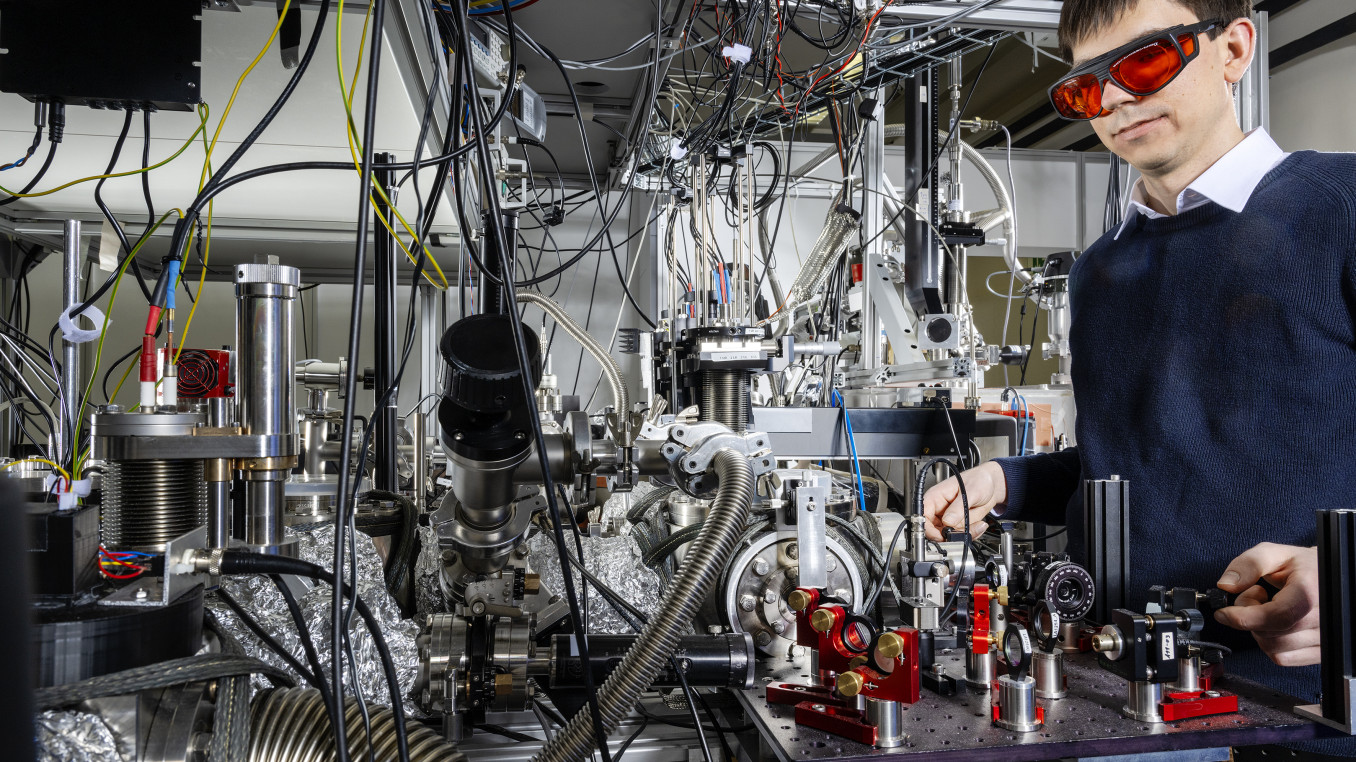Fusion Gain Achieved: Richard Town's Breakthrough in Fusion Energy
Breaking the Wall of Fusion Gain
Winner Interview 2024: Physical Sciences
Join us for an exclusive interview with Richard Town who has broken the wall of laboratory fusion. Learn how his team achieved the groundbreaking milestone of controlled thermonuclear fusion ignition, generating more energy than input for the first time, and the profound implications for a nearly limitless source of low-carbon energy.
Which wall does your research or project break?
The quest for laboratory fusion and its potential of a nearly limitless source of low-carbon and low-radiation energy has been ongoing for decades. In December 2022, for the first time ever, the indirect drive inertial confinement fusion collaboration at Lawrence Livermore National Laboratory’s National Ignition Facility was able to generate a controlled thermonuclear fusion reaction that achieved fusion ignition – meaning it generated more energy out than the laser energy that went into the fusion target to initiate the reaction. This feat has since been repeated four times giving proof that laboratory fusion, based on fundamental physics principles, is possible.
Achieving the ignition goal involved a large team of experts in a wide array of fields: laser scientists that built the national ignition facility, the most energetic laser in the world; target fabrication engineers that build high-quality mm-scale capsules; computational physicists that developed sophisticated models that capture the relevant physical processes and apply them to design experiments; experimentalists and engineers that design, develop and field optical, x-ray and nuclear diagnostics to probe the extreme states of matter generated in the pursuit of fusion.
What are the three main goals of your research or project?
The ultimate goal of the inertial confinement fusion program is to develop a high fusion yield capability, where more than 200MJ of fusion energy is delivered in a single shot. The path to that capability goes through “ignition” where more energy is generated than delivered to the target. After decades of research, we’ve now repeatably achieved ignition and now can use this capability to understand the thermonuclear burn process.
What advice would you give to young scientists or students interested in pursuing a career in research, or to your younger self starting in science?
You should choose your research area based on your interest and what you find fun and intriguing. That will help when adversity strikes. Yes, there will be difficult days, weeks and even months. To get through those tough times it is good to remember the high-level goals that you are striving to achieve.
Time is your most important asset, and you should spend it wisely. Learn how to use that time effectively and periodically re-evaluate your methods. Ask yourself “Why am I at this meeting?” and “what role am I playing?”.
Embrace failure and criticism since that means you are learning and getting better.
Constantly question and never take anything for granted.
Communicate clearly. Learn not only the technical content at conferences, but ask yourself “Why did I enjoy that talk?” and “how can I improve my presentation skills?”.
Never stop learning. Always push the envelope and take yourself out of your comfort zone.
What inspired you to be in the profession you are today?
We had a high school trip to the Culham Campus (site of the Joint European Torus) and I found the quest for fusion energy to be interesting and inspiring. This couple with my interest in computer models led me to work on developing models to apply to fusion experiments.
What impact does your research or project have on society?
Successfully delivering fusion promises to deliver a low carbon means of producing energy that could have profound implications for society.
What’s the most exciting moment you've experienced over the course of your research or project?
Achieving ignition for the first time in the laboratory.





